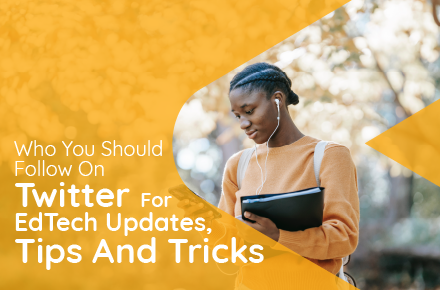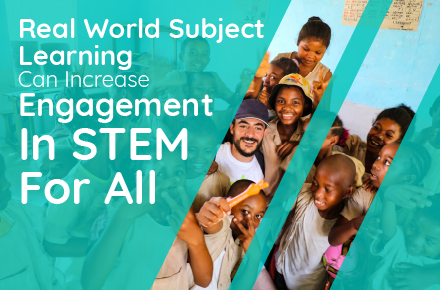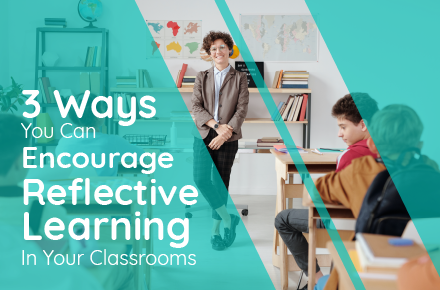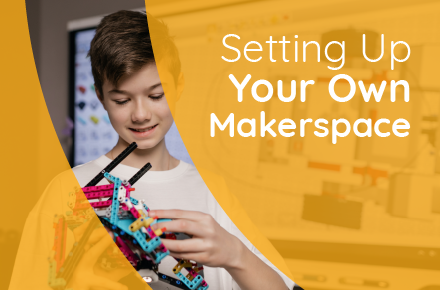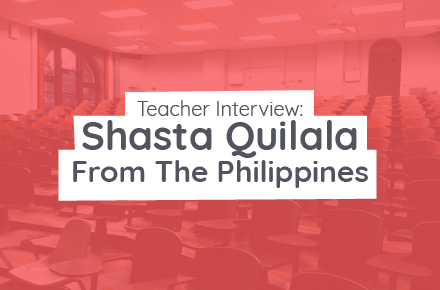“Our partnership with BSD has, in two years time, provided us with threefold gain in the areas of:
Student Engagement – Their easy to use and navigate platform as well as the unique and unusual projects have seen us gain an increase of at least 50% overall across those subjects using their material as compared to those without. This engagement has also led to better performance in terms of scoring in tests and activities on the part of the student, and much lesser preparation and checking time on the part of the teacher, which in turn allows us to focus on the learning experience itself.
Professional Development – The computational and design thinking principles embedded into the curriculum drive our teachers towards a more learner centric approach in practice, not just in principle. They have also been able to provide us with real time, personalized support that have enabled even our new faculty to maximize the use of the program within their classrooms.
Organizational Growth – Our partnership with BSD has given us a competitive edge over other schools in the market and a unique value proposition that has increased our enrollment. It has also been an integral part of our developing a future ready, future smart curriculum and learning approach that we have used in order to gain accreditation for our programs at GSC.”
– Alessandra Valino, Vice President of Good Samaritan Colleges, The Philippines
—
Since the Summer 2017 started, we have been working with an amazing school that decided to fully integrate technology education into their subjects and classrooms. We spoke to Shasta Quilala, a teacher from Good Samaritan Colleges who felt empowered learning technology education with BSD.
1. Can you tell me a little bit about yourself and what subject you teach?
My name is Shasta, I am from Dagupan City, Pangasinan. I am a teacher at Good Samaritan Colleges, located at Cabanatuan City and I teach Technology and Livelihood Education (T.L.E.) for Grades 9 and 10. I also teach Computing for Grade 10 with cores Database and Visual Basic Programming.
2. What has kept you busy over the last few months?
The past few months have been very busy because our school decided to run our first ever Summer Camp (Back in March)! With the help of our teachers and the BSD Education team, our students had an in-depth, hands on experience with technology. We received a lot of positive feedback and reaction from the students, even how they felt they were famous techies. They even surpassed our levels of achievement, learning technology education through BSD Online!
When the school year started, we also ran a pre-learning session for technology teachers of Grades 7-10 to introduce HTML and CSS and get students started to help prepare them in using code across different subject areas, like English and Social Studies. It was a bit challenging at first because for some students, it had been the first time they ever used a computer. It was very satisfying and gratifying for us to see our students interests in coding, they could even code better than us!
3. What cool things are coming up in the next few months?
Technology education is being fully integrated into our curriculums this year. I am one of many excited teachers! Some of my colleagues have already started creating their lesson plans with BSD’s integration.
It is wonderful to see that teachers are starting to be more fond of technology and adopting it into their classrooms. They are starting to see code as their partner and tool for teaching, it makes learning more conducive and interesting. We hope it will be as successful as the recent Summer Camp held.
4. What do you want to do next in bringing tech into your classroom for your students?
As a technology teacher, I want to engage students in coding and robotics more, they are very powerful tools for everyone. BSD is a stepping stone for all Filipino students to come out of their shells and develop their tech journeys, we know and can see that there is a lot of potential. As their teacher, I am ready to mold and guide them towards the competitive world outside the four corners of our classrooms.

